Inspiration for Interpretation
As you may have heard we are in the final stages of creating content for our new interpretation that will be installed in the Montrose Basin visitor centre in January 2017. There is a lot of work that goes into changing information boards and even more that goes into deciding what it is that you want to say. Only a handful of people are involved in the project but this blog is about my personal inspiration for the content our new interpretation.

In the Autumn of 2015 just before we were granted the funds. I was lucky enough to go on an adult learning course with Arch Network. Funded by a grant from ERASMUS+, it involved a visit to Bulgaria to discover how they use interpretation in their visitor centres and national parks.
Tourism from the UK to Bulgaria is more common than I had originally thought, with around 250 thousand Brits visiting Bulgaria on holiday in 2015 (National Statistics Institute Rep Bulgaria). Bulgaria has a lot to offer tourists; it has the Black sea coastline in the east, the mountains in the south, the Plateau and the Danube to the north. With such a wide range of habitats Bulgaria has a rich diversity of bird and insect life. It is also fortunate enough to have many large mammals such as wolves, brown bear, wildcats, wild boar and red deer. So how is Bulgaria promoting its wild areas and its wildlife to the general public?
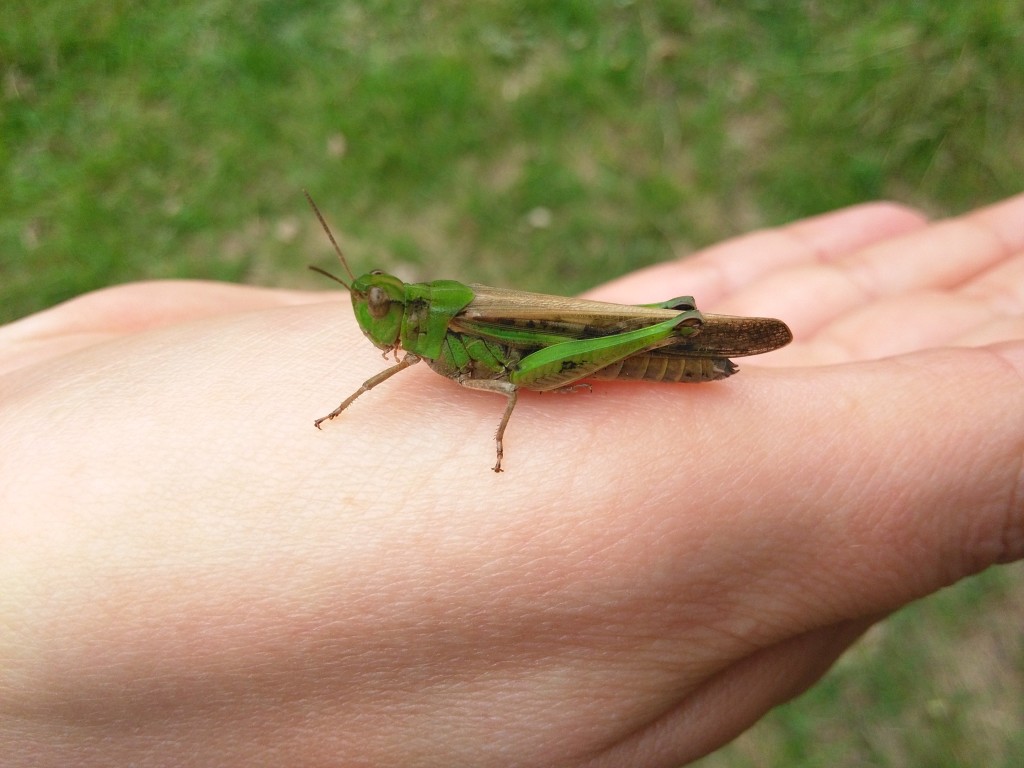
The Devetaki Plateau Association is at the forefront of this, actively promoting the culture and wildlife in their area. The Devetaki Plateau Association works across a large area in the North of Bulgaria, which the association is named after. In this area they have many caves, waterfalls, woodland walks and open countryside with agriculture and viticulture.
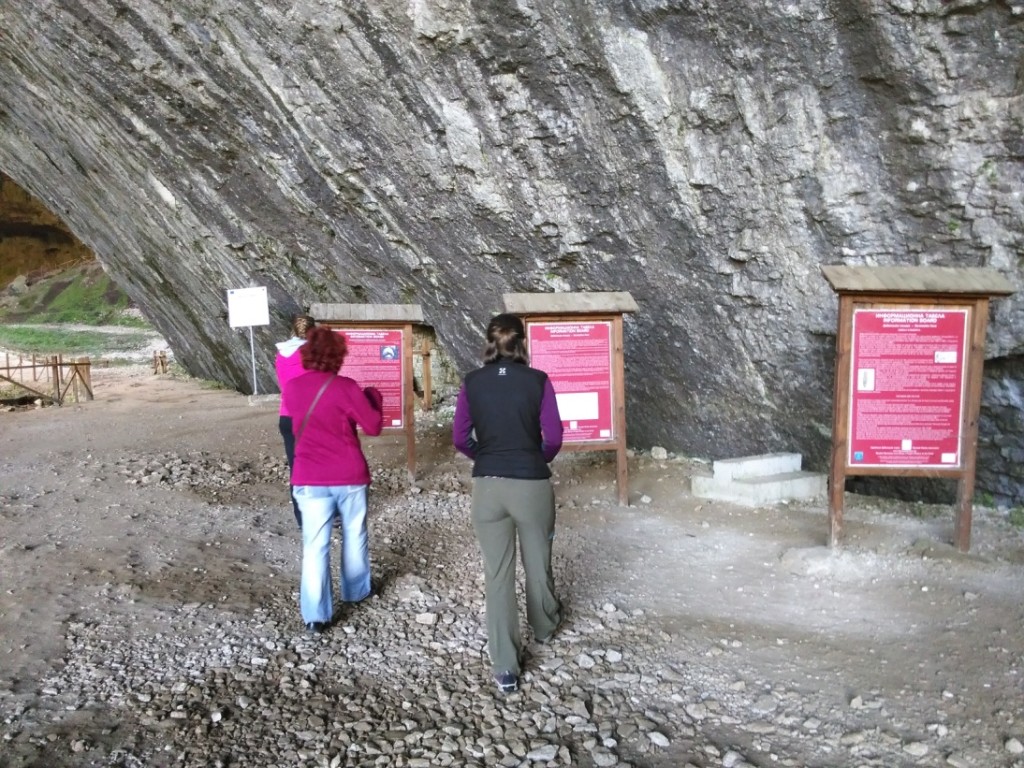
I was interested in the interpretation of the natural landscapes within the visitor centres. I had a few questions and issues that had cropped up in our centre that I wanted to answer.
- How much writing is too much writing?
- Should we include other languages?
- Hi-tech or low-tech? Graphics or inter-actives?
1. How much writing is too much writing?
Panichishte visitor centre high in the Rila mountains national park, is frequented by hikers, walkers and skiers. The staffs main function was to instruct people on the restricted areas of the national park and help people safely navigate through the mountains vast forests. To do this they had live interpretation by a member of staff using a model of the mountains. She indicated where was safe to hike, and where access was restricted due to its high biodiversity value.
Knowing that this is something we currently do in the Visitor Centre I could appreciate the usefulness of such a model.
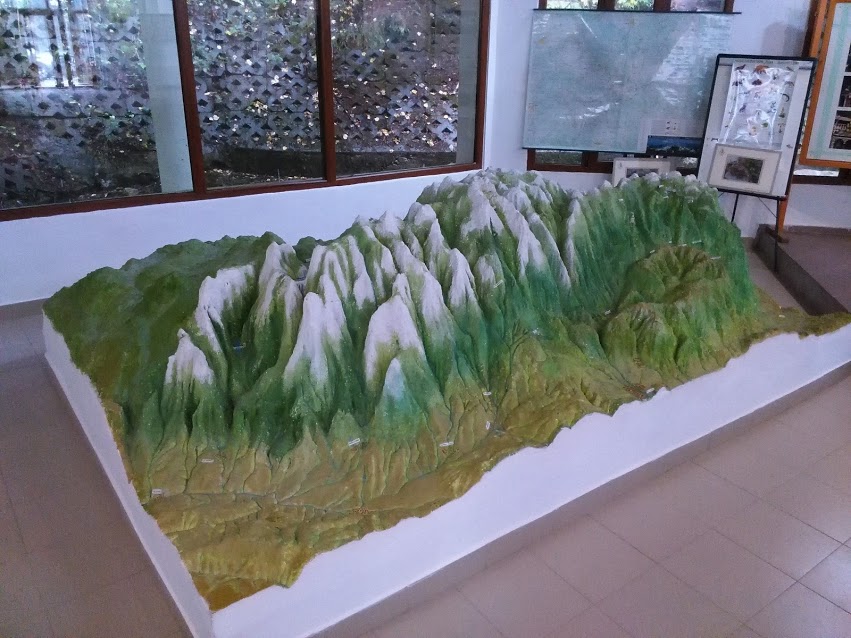
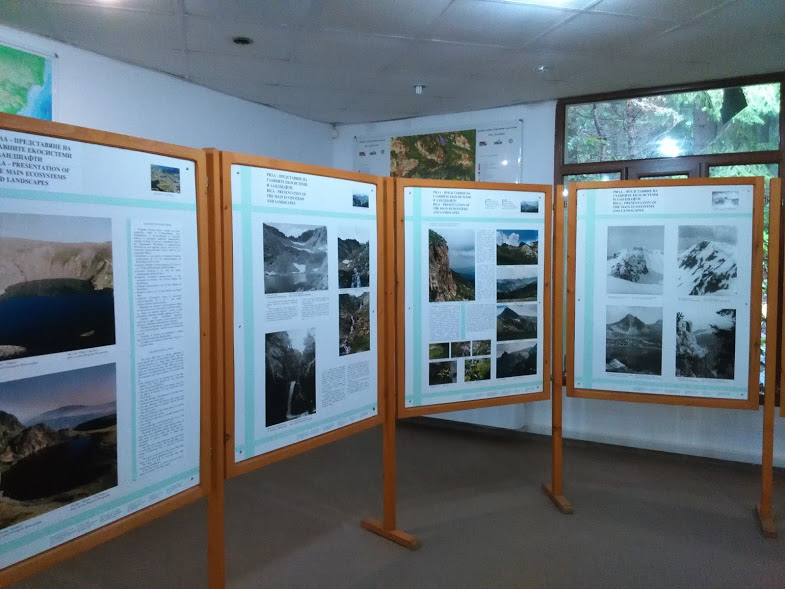
They choose to display a wealth of information on the wildlife and geology of the national park in a series of boards. It was simple yet effective with a lot of photographs of wildflowers, wildlife and mountains lakes. However, I felt that it could have been displayed in a more interesting way and I choose to only read a few boards as there were around 10 boards and therefore a little too much writing to hold my interest.
2. Should we include other languages
Many of the information boards in Bulgaria were bi-lingual, Bulgarian and English, including the boards in the Panichishte visitor centre. This is something that we don’t have in the centre but we do our best to translate our visitor information guide into many different languages. Unfortunately in the UK there is no obvious second language to use in interpretation, as we have visitors from all over the world.
3. Graphics or interactive?
There were some very interesting inter-actives up in the mezzanine of Panichishte visitor centre. A few games to test whether you knew the names of the lakes or wildflowers. There was a tracks game that sadly wasn’t working. The idea was clever yet simple, complete the circuit by touching the circle by the wolf and the correct circle by it’s footprints.

It also has some interactive displays for the children to use and learn with. The most interesting of which, was a telephone and a telephone book. Where prerecorded sounds are allocated a number so you can ‘call’ a woodland animal. For example as shown in the photo, the Capercaillie is number 17. If you dial 17, you can hear the call of the Capercaillie. This innovative yet simple idea allows visitors to experience and learn different animal calls before they venture out into the woods.

In other areas that we visited there was outdoor interpretation. One of the most interesting pieces was a board created by Bulgarian Biodiversity Foundation. This piece of interpretation was installed at sites that had breeding or hibernating colonies of bats. The disturbance of bats in Bulgaria has been an issue in the past and this clever idea was how the charity chose to inform the public about these important animals. The size of the board is actually the same size as the wingspan of the worlds largest bat. The board is also bi-lingual with Bulgarian on the left and English on the right. An innovative and fun way to deliver an important message.
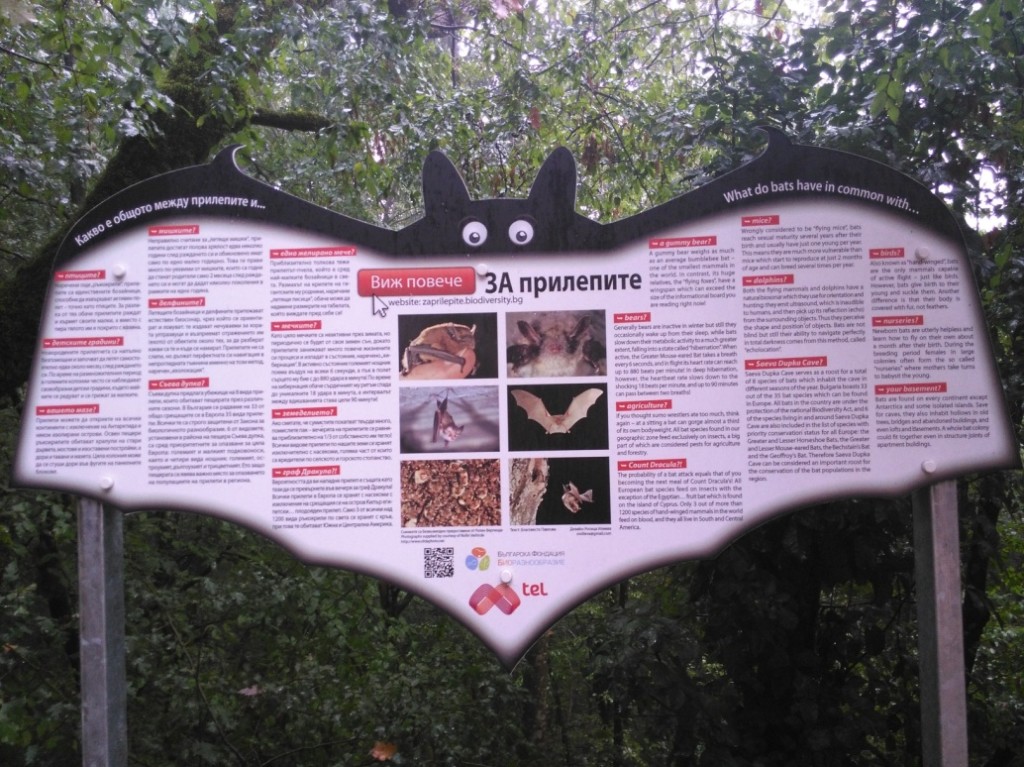
We did visit a few more places including The Central Balkan National Park, The Deli Hammam and Persina Nature Park Visitor Centre, these places were fascinating and I learned a lot from their ideas about interpretation. So much so that I could probably write another blog but instead I thought that I’d provide a few photos of my favourite pieces. Who knows, maybe some of these inspirational ideas might make their way into our own enhancement project.
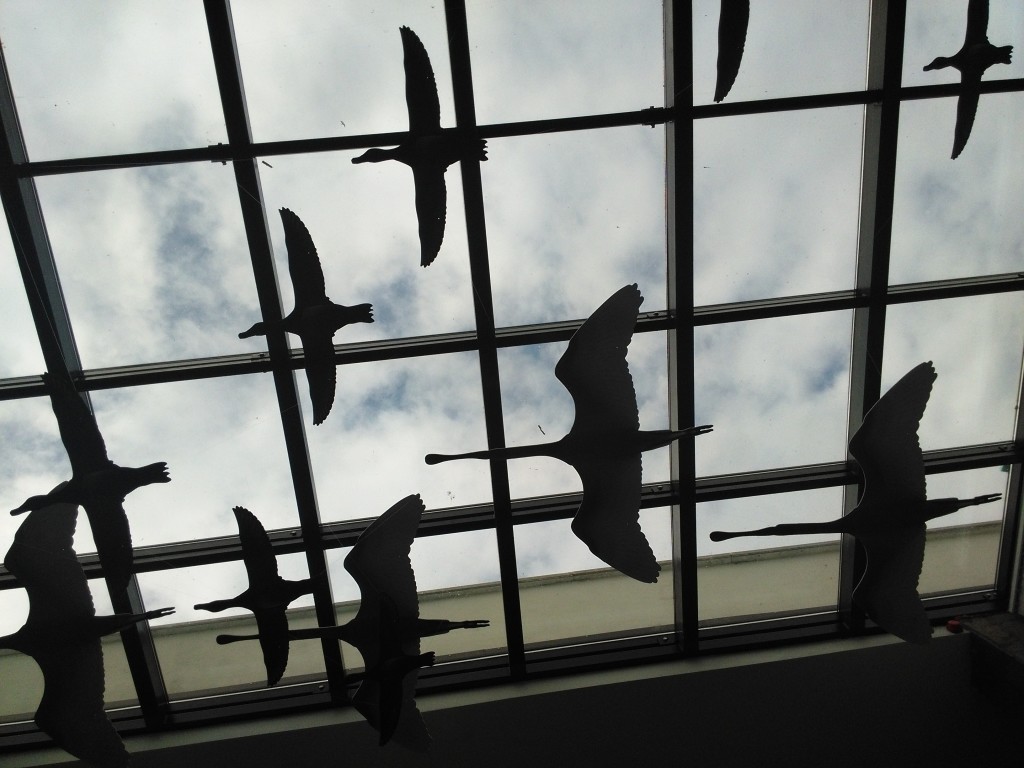
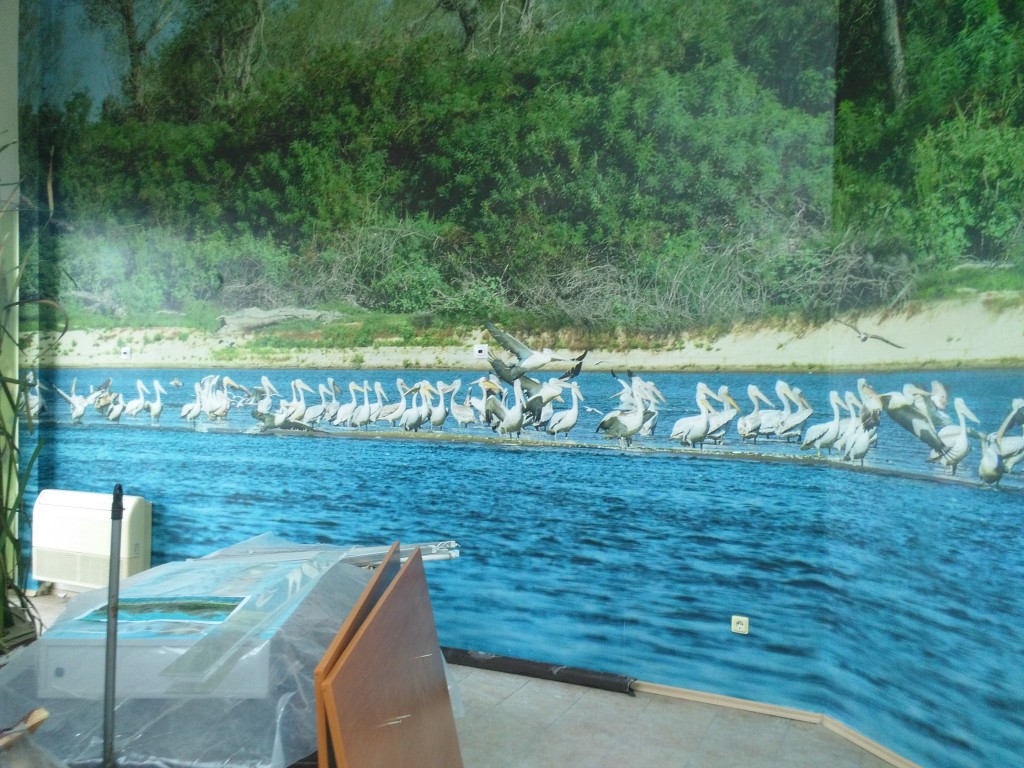
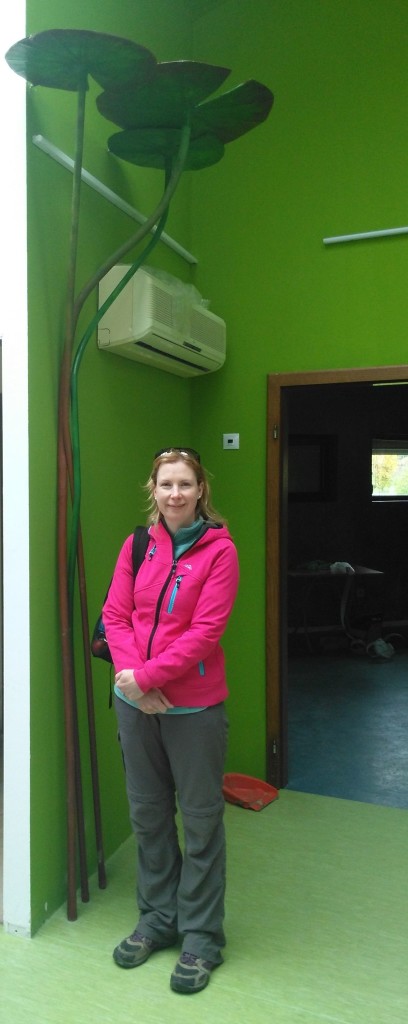
The Visitor Centre will be closed from Sunday 1 January for around six weeks so that we can make exciting improvements to the visitor experience.
The reopening date will be announced in February. To keep up to date follow us on Twitter and Facebook.
Arch Network is a Scottish Non Government Organisation promoting learning and development in natural and cultural heritage between Scotland and other European countries.
Visitor Centre Assistant Manager – Emma Castle-Smith
Help protect Scotland’s wildlife
Our work to save Scotland’s wildlife is made possible thanks to the generosity of our members and supporters.
Join today from just £3 a month to help protect the species you love.
Preface
As you may have heard we are in the final stages of creating content for our new interpretation that will be installed in the Montrose Basin visitor centre in January …
